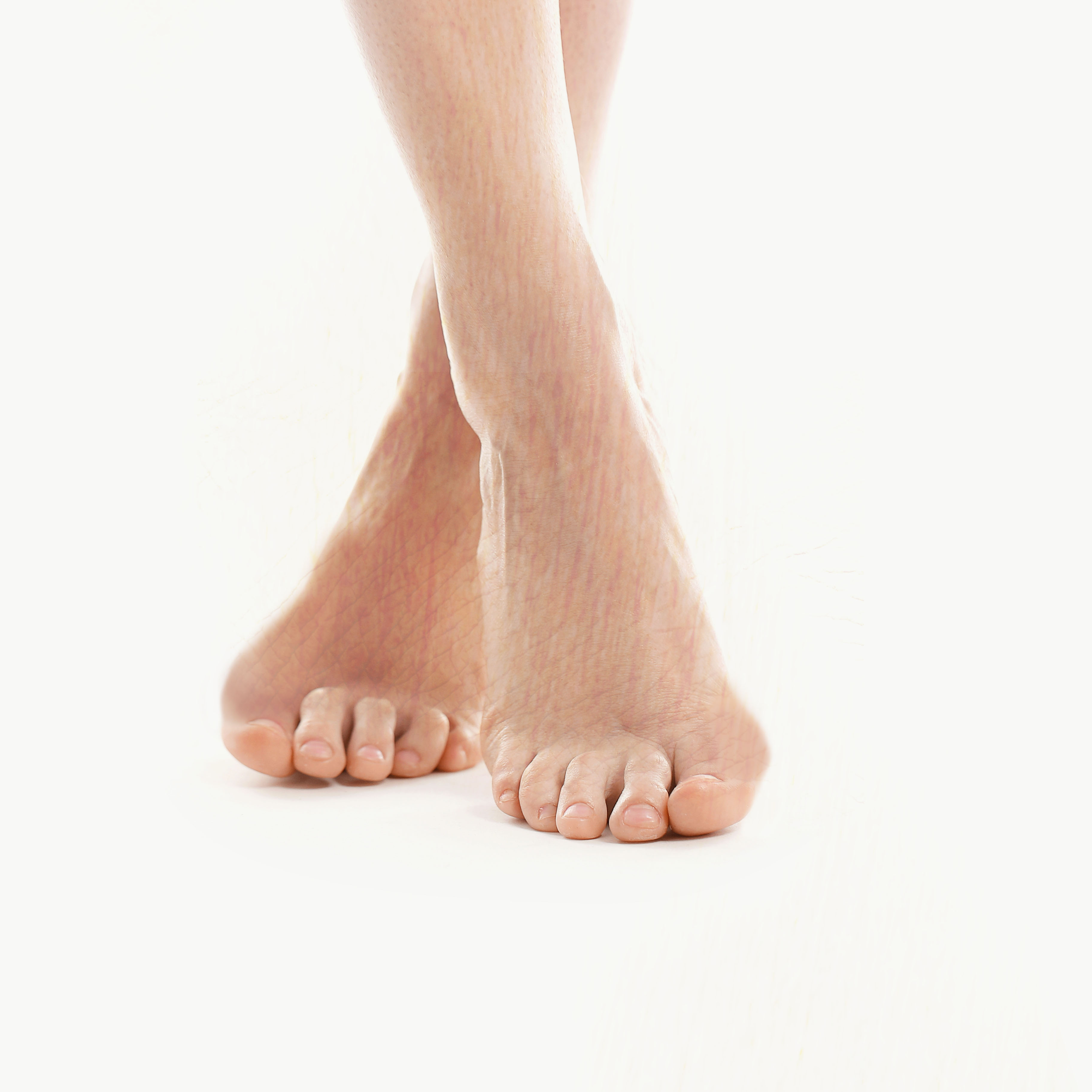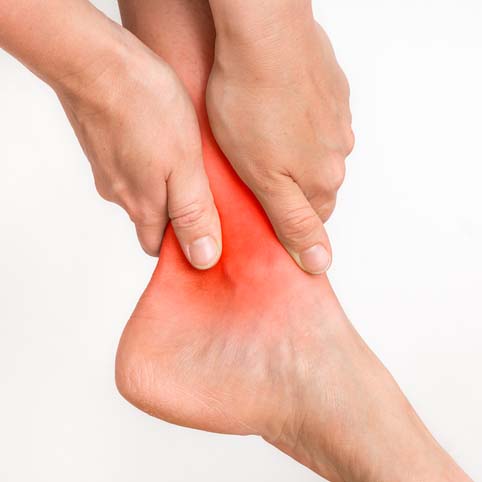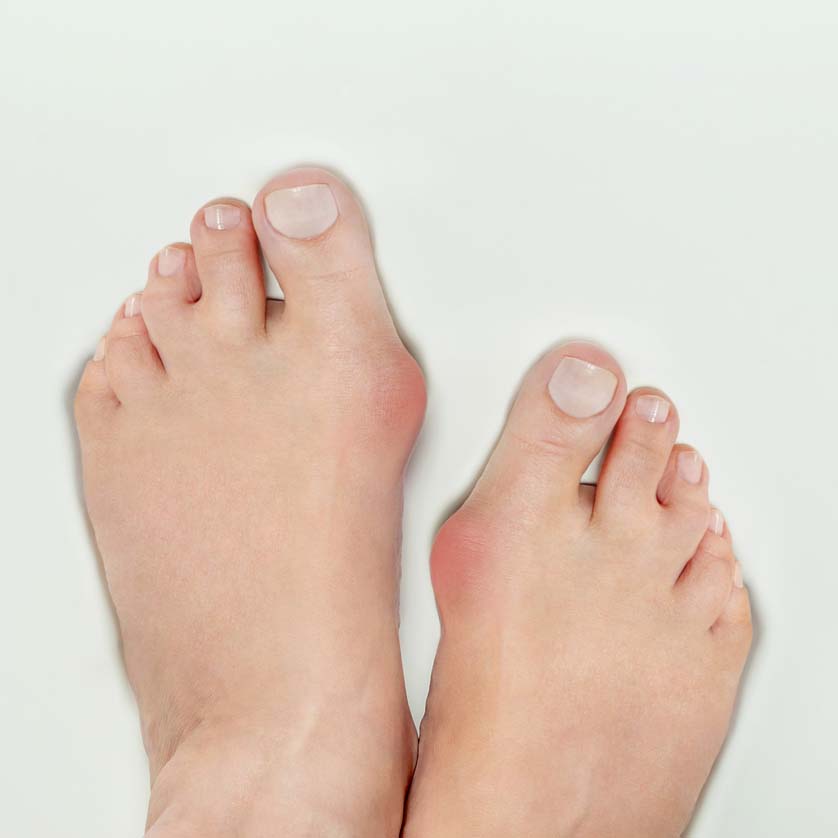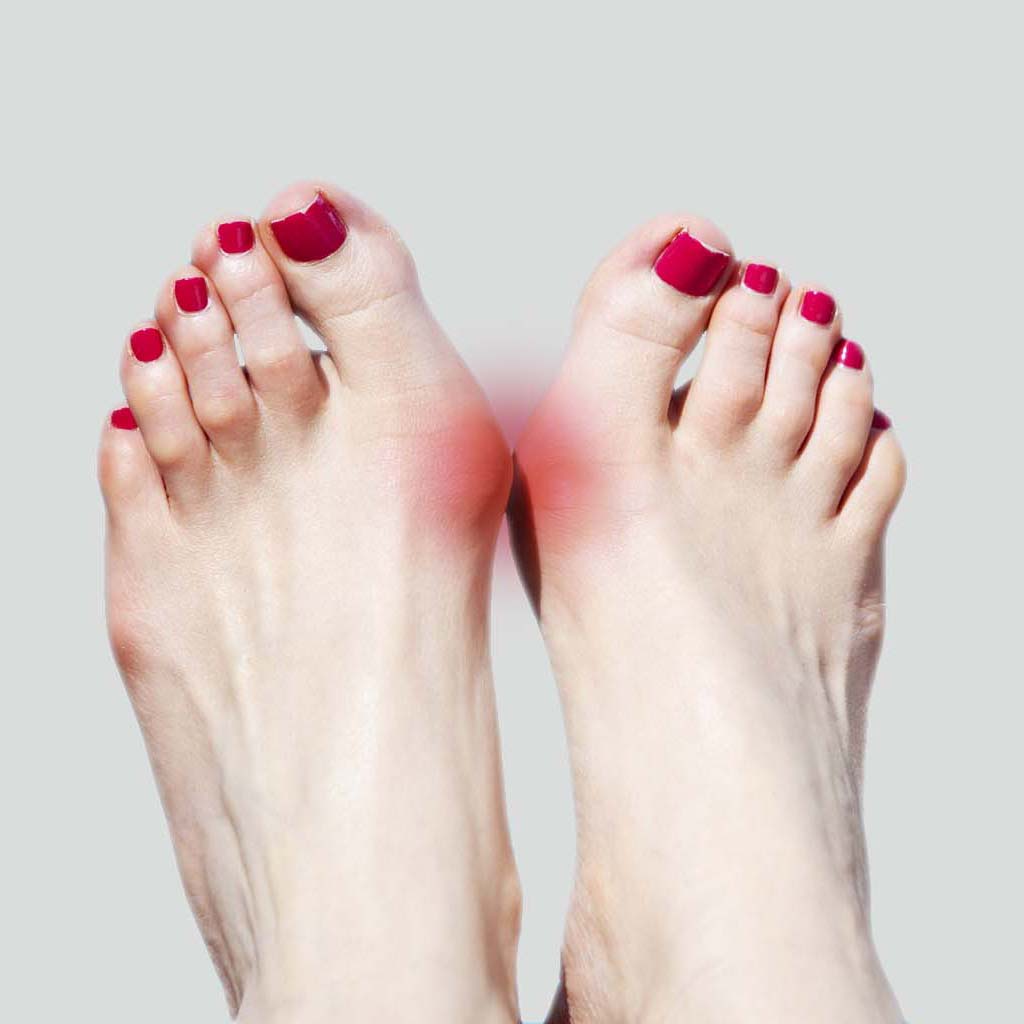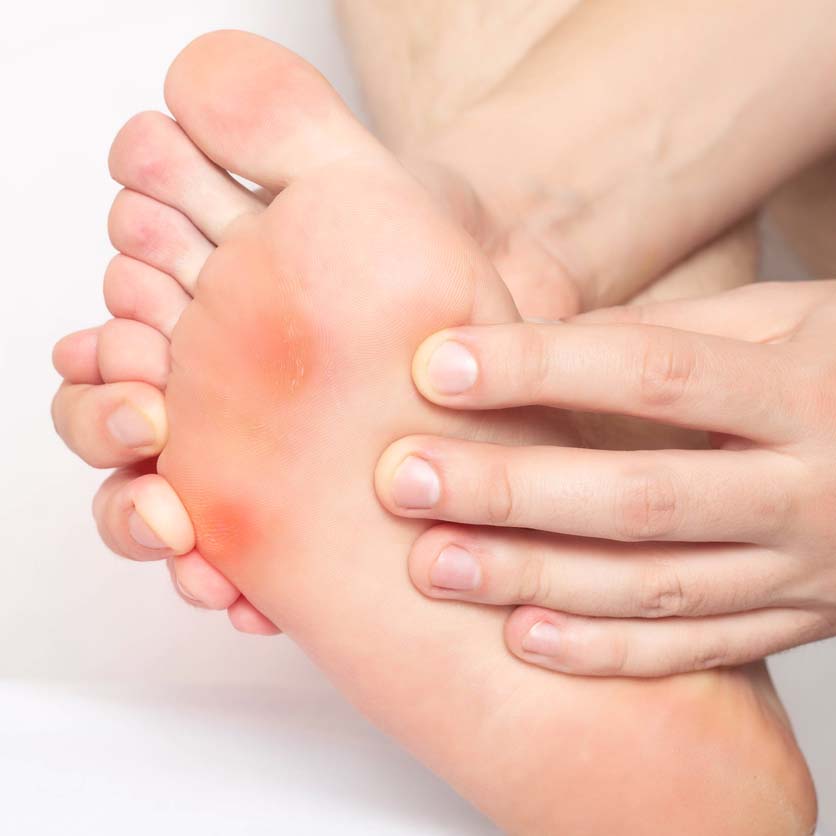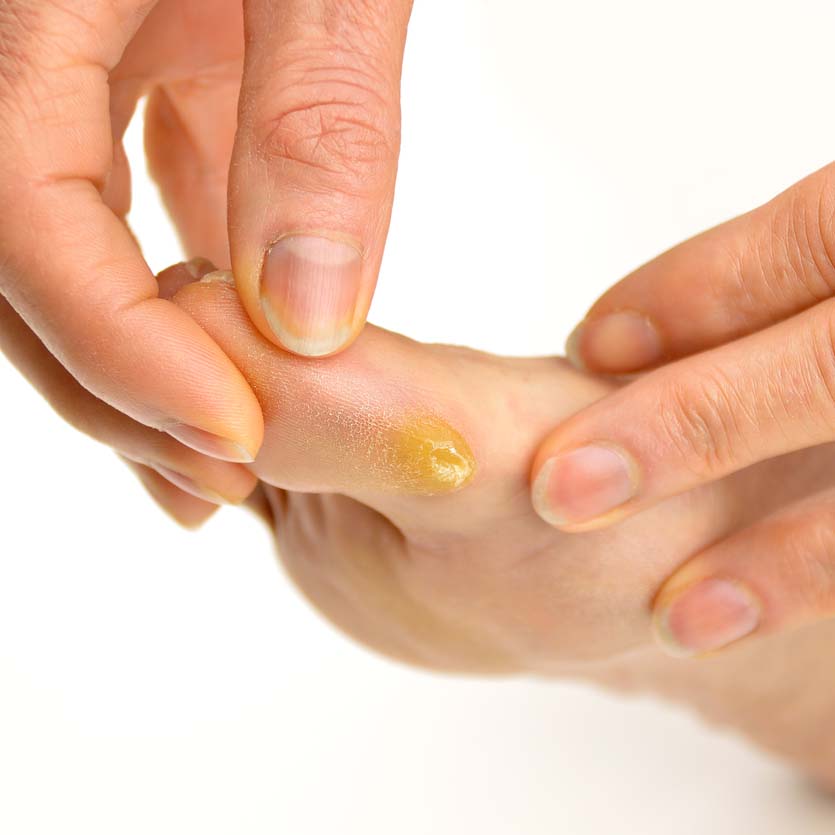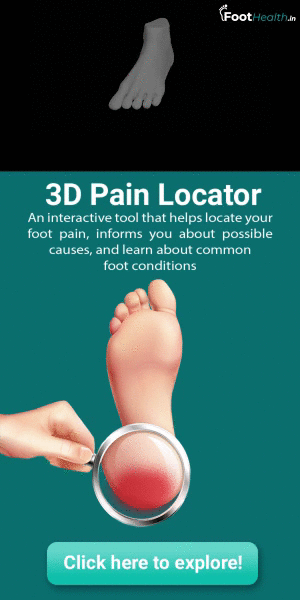


Athlete's Foot
Introduction

Athlete’s foot (Tinea pedis)also known as ringworm of the foot is a contagious fungal infection that can cause red, dry, flaking skin accompanied by itching and pain. The condition usually occurs between the toes or on the soles and sides of the feet. It usually occurs in people whose feet have become sweaty, while confined within shoes. Athlete’s Foot can also present with blisters that itch and ooze.
Athlete’s Foot can contaminate the toes and the toenails. If the individual touches or scratches the infection and then touches other parts of the body, the fungus can spread to other parts of the body, including the groin or underarms. Athlete’s Foot is alarming to people with diabetes and one’s with low immune systems who are at increased risk to developing infections that can lead to serious complications
Cause
The infection can spread through floors, towels, or clothing. The infection is most commonly contracted through gyms, showers, dressing rooms, saunas, or other damp areas where fungus can live. Athletes usually spend most of their time in such environments and therefore are more prone to fungal infection.
Treatment and Prevention
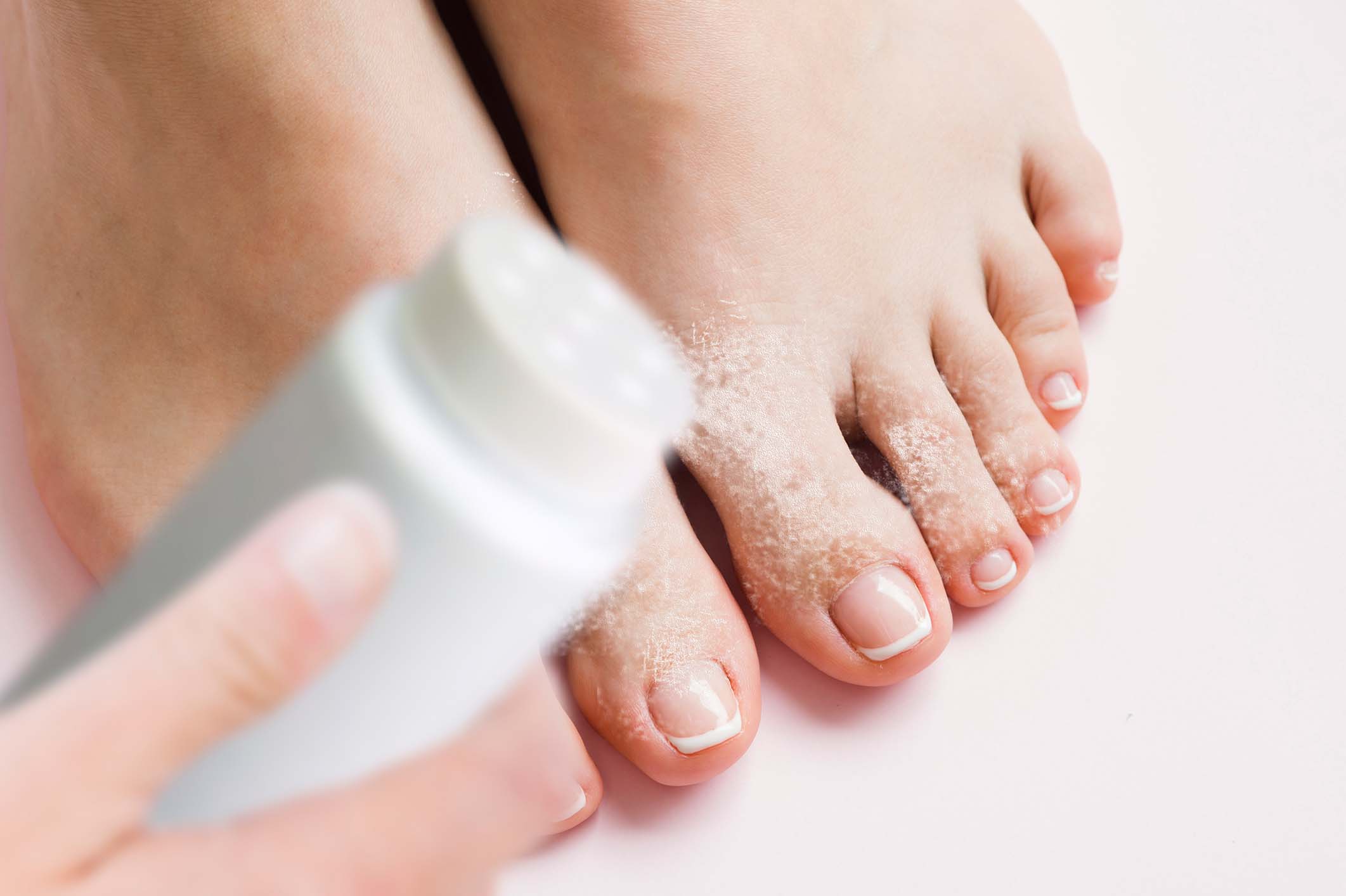

Regular foot hygiene can prevent Athlete’s Foot. Daily washing of the feet with soap solution and water followed by thorough drying, especially between the toes, is important. Wearing airy, dry shoes and socks and using antifungal dusting powder will help to keep the feet dry and infection-free. When frequenting public showers it is recommended to wear protective shoes.
Read our Articles
